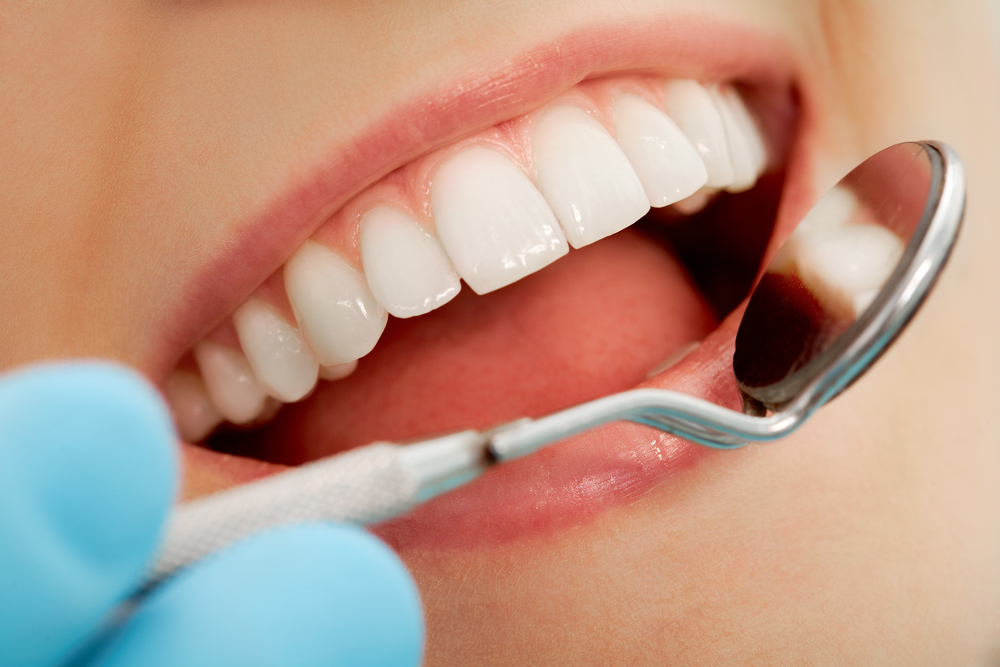How To Fix Gaps Between Teeth
In a young child a natural small gap between the front teeth, or even one caused by a front tooth falling out in preparation for its permanent replacement, may seem kind of cute. But somehow gaps lose their cuteness, and embarrassment takes over as we get older.
There comes a time to decide whether to do something about it and if you decide to do so, to get your dentist’s advice on how to fix the gaps between your teeth.
Filling gaps is not always to do with restoring self-esteem or your smile, any more than they are always caused by injury, decay or poor oral hygiene. Some gaps exist because genetically the teeth are too small in relation to the size of the jawbone, and some teeth never develop or extra teeth block their way.
A gap between the two front teeth can result from sucking your thumb when you were a baby, but it can also be caused by a tissue overgrowth between your teeth. However, gaps can also be the result of gum disease or gums which recede as age sets in.
Gaps Can Affect How Your Teeth Function
Whatever causes the gaps, they can change the way your teeth function, particularly if they are big ones caused by extraction or missing tooth.
Designed to function as a closely- packed team, the tooth may apply their own self-help solutions to restoring their normal arrangement by moving or skewing to fill the gap next to them, or lengthening to fill the open area above or below them. And these solutions the teeth implement can be self-destructive, affecting their functionality still more by upsetting your tooth alignment, and therefore your bite.
Ways to Fix the Gaps Between your Teeth
Your dentist or orthodontist is the best person to determine whether your gaps need filling and which treatment option would best fit both your situation and the size or nature of the gaps you have.
Braces are the traditional way to deal with natural gaps, and a variety of different versions are now available which range from metal structures to invisible ones such as Invisalign that no-one will notice when you smile.
Some gap-fixers involve building up and widening the width of your teeth to narrow the gaps. These take the form of shell-like porcelain veneers made of porcelain or composite resin which are permanently attached to the front of your teeth, or bonding which adds composite resin to your teeth which have been specially shaped or moulded and coloured to match the rest of your teeth.
To handle bigger gaps created by broken teeth, caps or crowns might be the solution. Where there is enough of the original tooth left to support it, a custom-made artificial cap is firmly attached to it.
And where there is no tooth or a wide gap exists, the options change to include a partial denture which is clipped onto nearby teeth or a bridge bonded onto teeth on either side of the gap which supports an artificial tooth which fills the gap. The third, and most natural-looking, alternative when a tooth is missing, is a dental implant, which involves attaching an artificial tooth to the root area of the tooth.
Contact your dentist for advice and guidance regarding what you should do or shouldn’t do when deciding to fill or ignore the gaps between your teeth.




